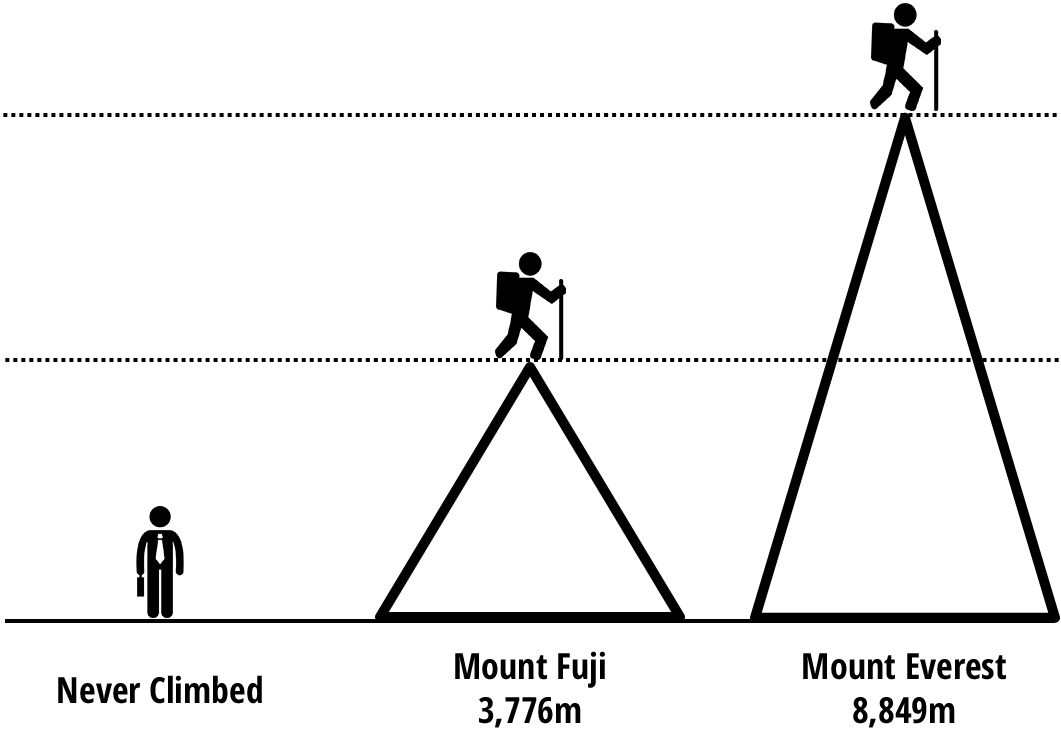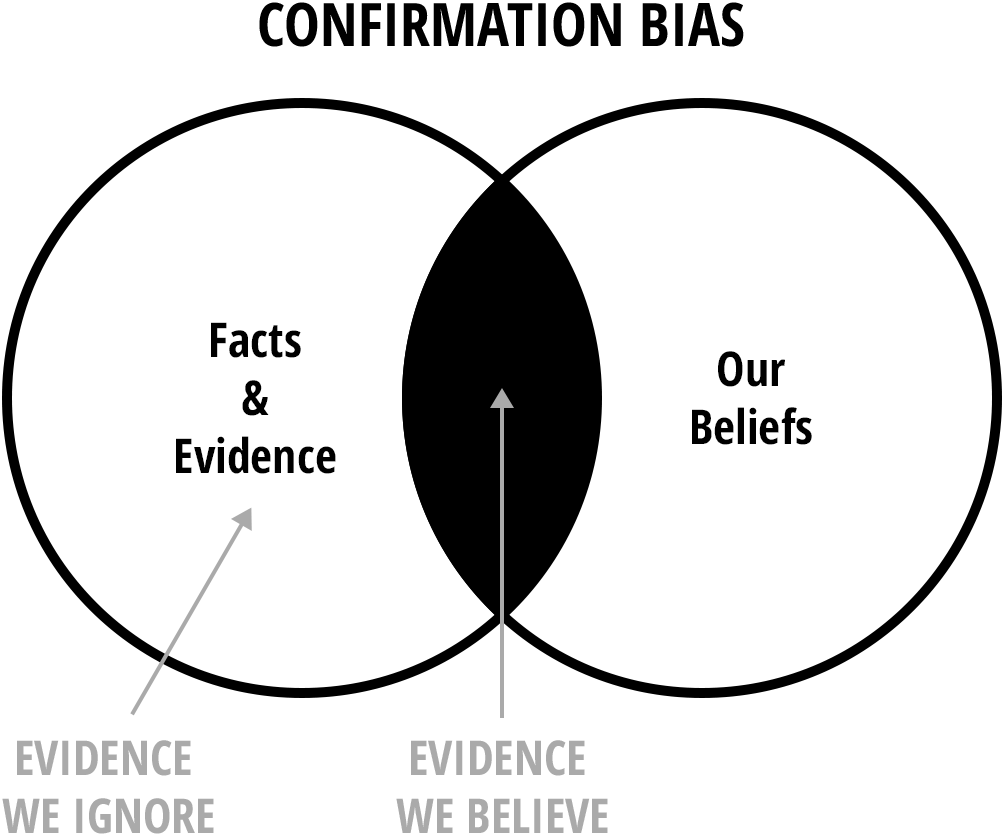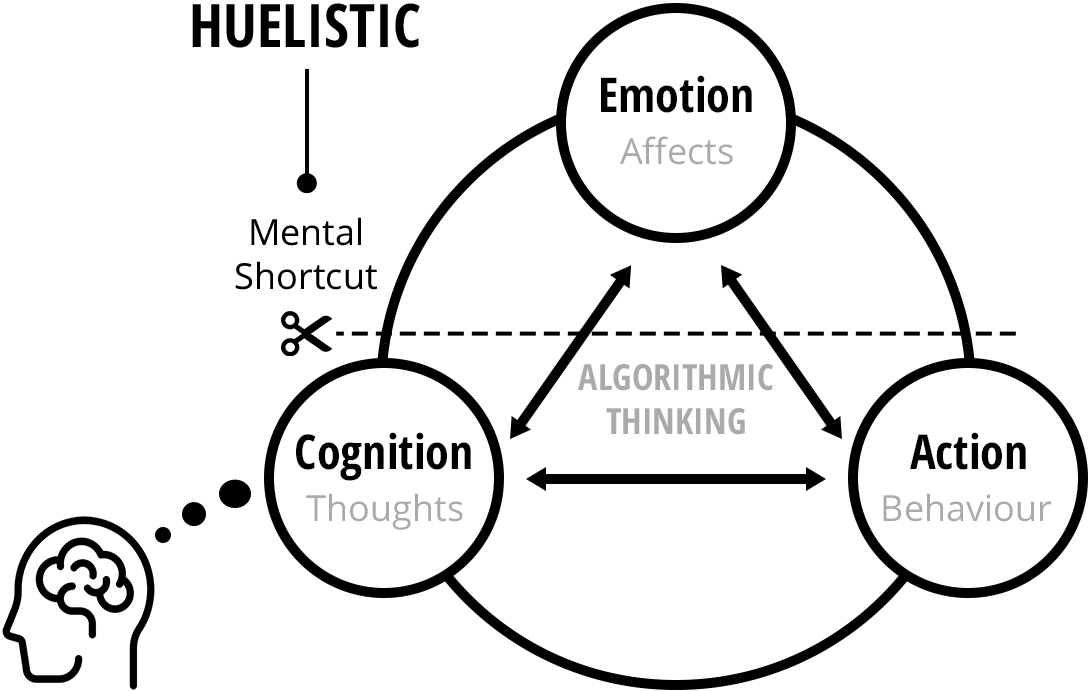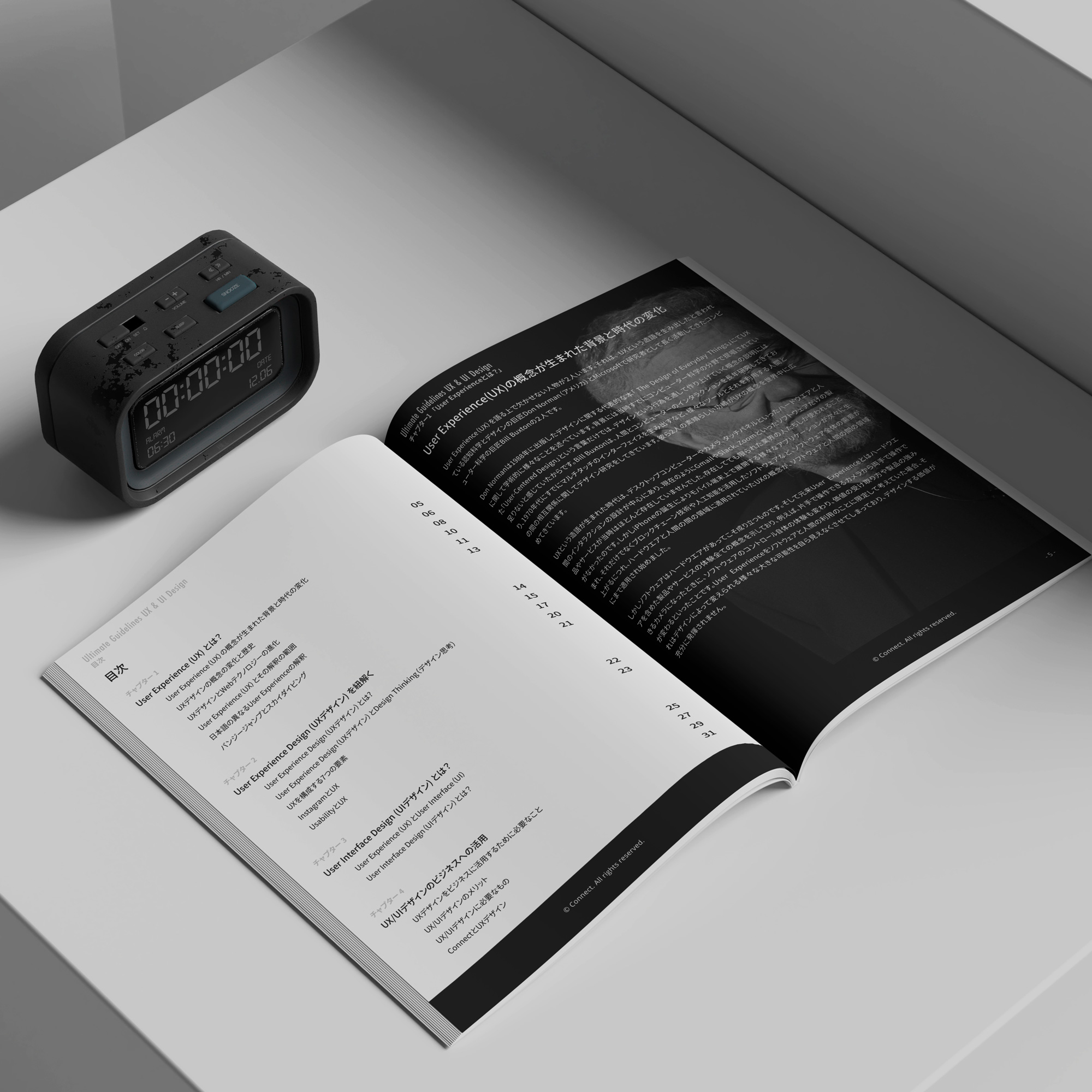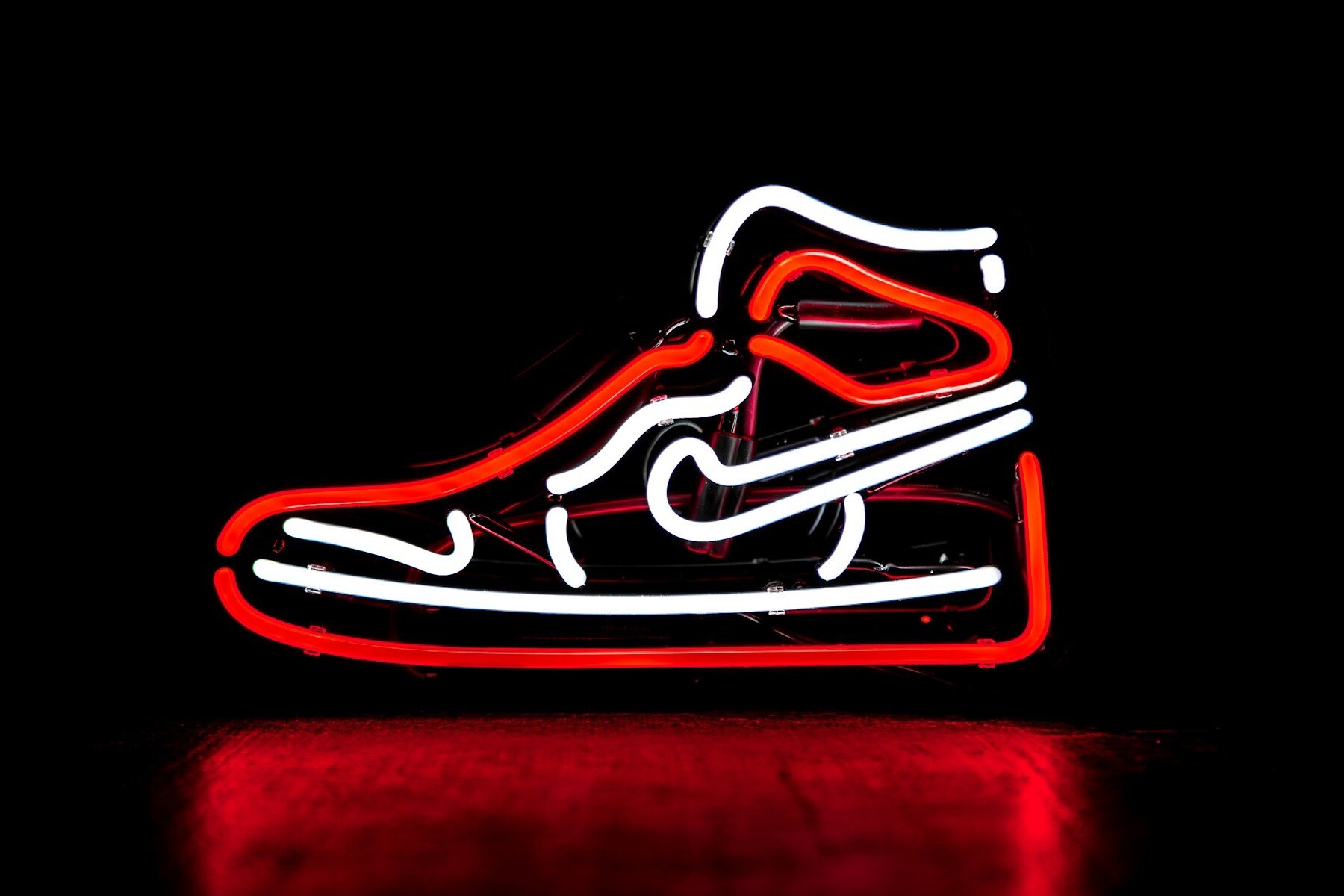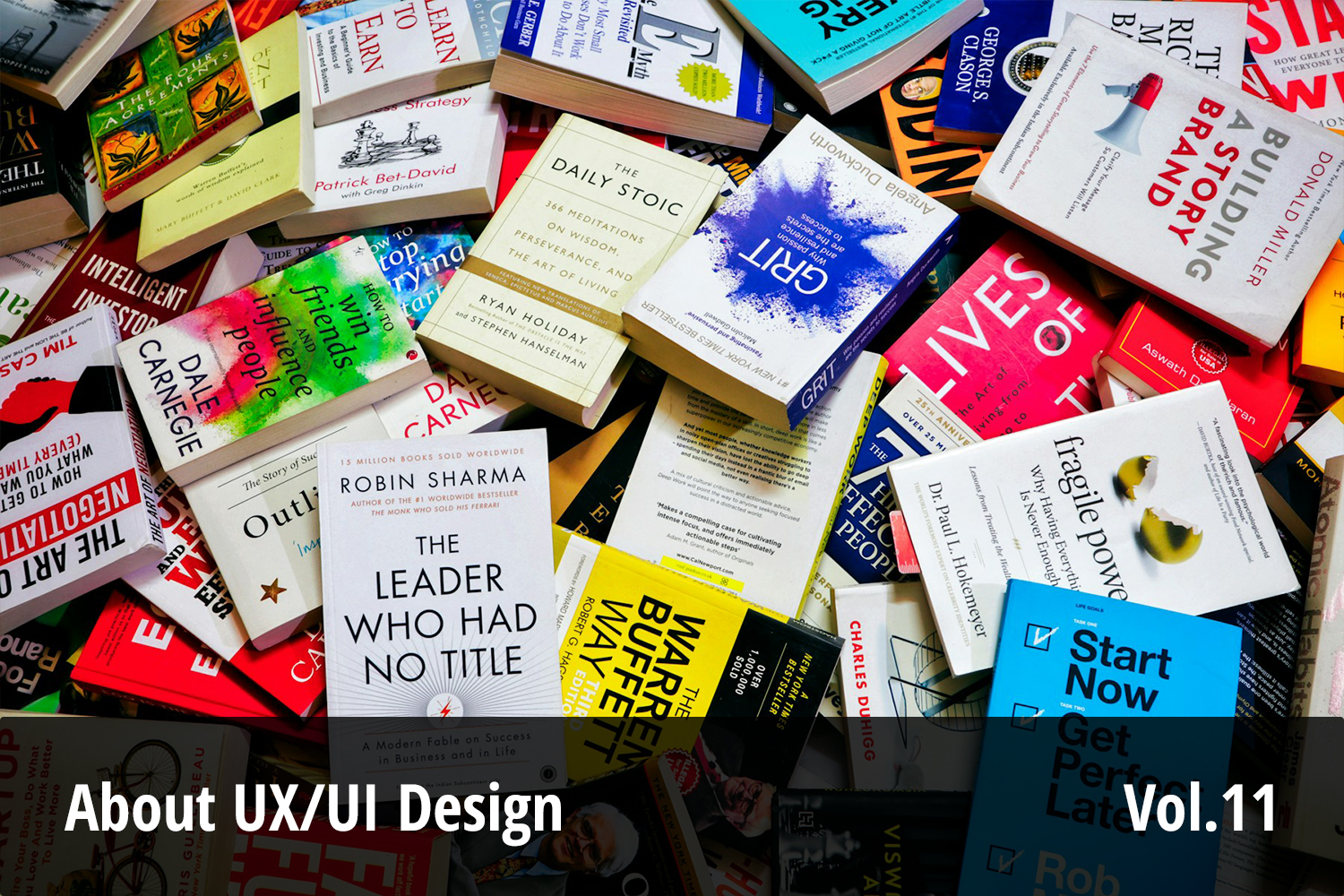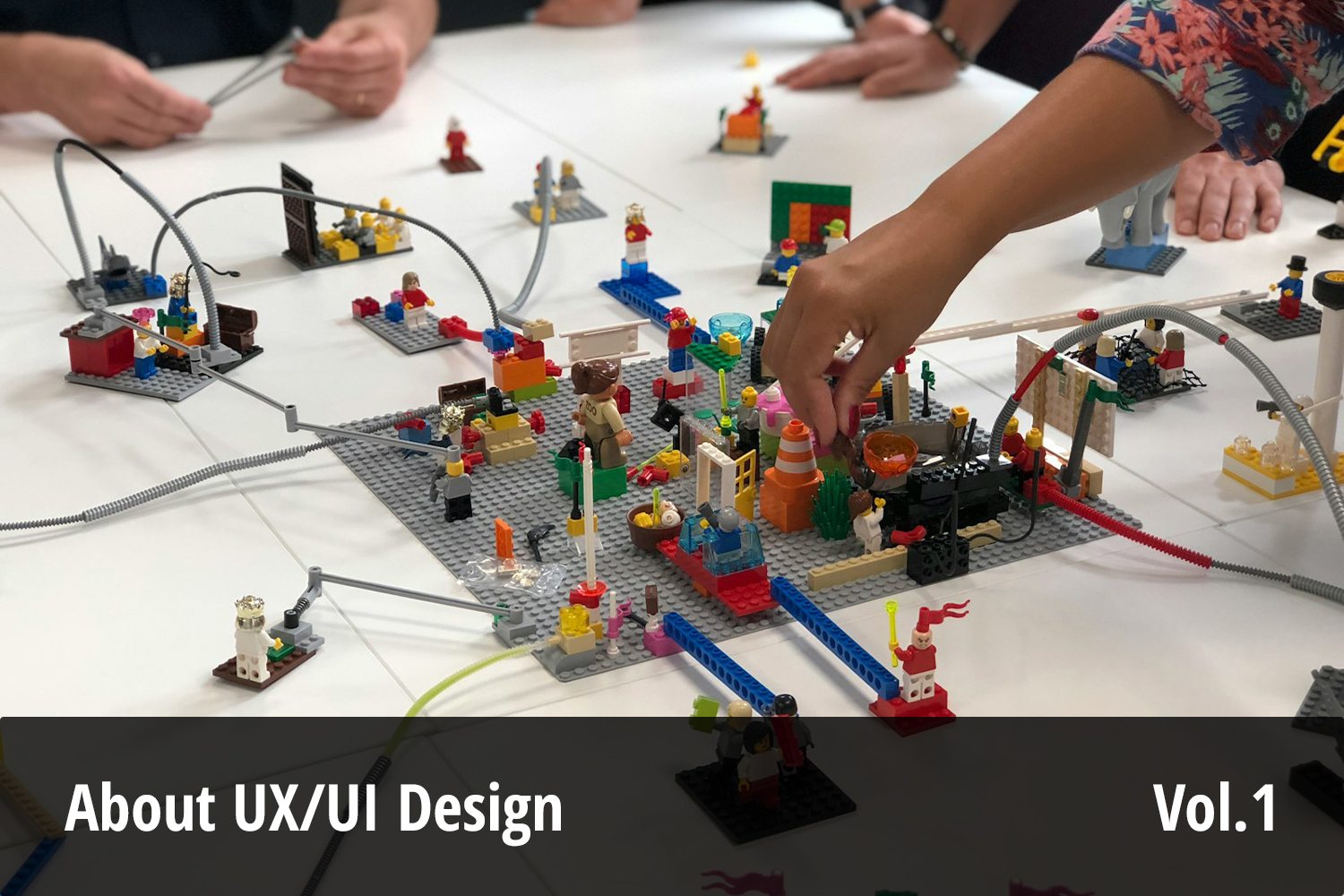In recent years, there’s been a surge of content on bias and heuristics in UX/UI design. Before diving into their differences and applications, it’s crucial to understand that perception and cognition profoundly impact not just design but are also key elements of marketing. As highlighted in previous articles, the rise of UX/UI design stems from the evolution of marketing. We’re now in an era where the perceived value of products and services often outweighs their quality or price, making the understanding of perception and cognition essential.
I will delve deeper into the understanding of UX/UI design by focusing on the themes of bias and heuristics over several installments.
The difference between climbing Mount Fuji and climbing Mount Everest
The meanings of the terms bias and heuristic have been discussed in various media, but it’s helpful to expand our understanding using familiar and easily imaginable concepts. One example I often use in my project explanations is mountain climbing.
Imagine offering the opportunity to climb Mount Kilimanjaro (5,895 meters) to three different types of people:
- Someone who has never climbed a mountain.
- Someone who has climbed Mount Fuji (3,776 meters).
- Someone who has climbed Mount Everest (8,849 meters).
First, for someone who has never climbed a mountain, it would be challenging to gauge the possibility of climbing Mount Kilimanjaro or to expect the value they might gain from the experience. They are unfamiliar with the nature of mountain climbing, regardless of the mountain’s height.
Someone who has climbed Mount Fuji has experience with a mountain up to 3,776 meters. They might have a relatively positive impression of climbing Kilimanjaro and could anticipate the kind of preparation needed. However, since they have never climbed a mountain higher than Mount Fuji, there may still be an element of fear and uncertainty.
For someone who has climbed Mount Everest, they would have undergone extensive training. They are likely to have a very positive outlook on climbing Kilimanjaro, which is lower in elevation than Everest. They might perceive it as less difficult and less life-threatening compared to Everest.
Imagine someone who has never climbed a mountain. They lack firsthand experience and can only judge the difficulty of climbing Kilimanjaro based on secondhand information, showcasing a clear example of bias.
Now, consider someone who has climbed Mount Fuji. Even though they haven’t tackled Kilimanjaro, their experience with a high mountain equips them with strategies for success, illustrating heuristic thinking. Yet, this too can be seen as a form of bias.
The distinction sharpens when we look at someone who has climbed Mount Everest. An Everest climber, familiar with the challenges of ascending to 8,849 meters, would naturally feel confident about climbing a lower peak like Kilimanjaro. Their preparation and approach would differ vastly from someone who has only climbed Mount Fuji. Plus, they’ve experienced the breathtaking views from the highest altitudes.
Comparing the perspectives of Fuji climbers and Everest climbers brings us to an intriguing discussion on bias and heuristics. To an Everest climber, the opinions of someone who has never scaled beyond Fuji might seem biased, while their own Everest experience shapes their judgments. Only those who have climbed can truly appreciate the beauty and safety of the experience. On the other hand, a Fuji climber uses their own experience to make heuristic decisions about higher mountains.
In summary, the debate between bias and heuristic thinking boils down to perspective. An Everest climber might view opinions from those without high-altitude experience as biased, while a Fuji climber relies on their own experience to make heuristic judgments.
Confirmation bias refers to the tendency to gather and interpret information in a way that confirms one’s preconceptions or hypotheses. It is a type of cognitive bias, where an individual’s thoughts or surrounding factors lead to irrational judgments.
The Development of Academic Disciplines and the Complexity They Bring
The term “heuristic” may be unfamiliar to many; it is a psychological term extensively studied within the field of behavioral economics. Behavioral economics itself might also be an unfamiliar term, but it originated as a critical approach to mainstream economics. Since its rapid development in the 1990s, it has become an integral part of mainstream economics in the United States. This demonstrates how psychological influences can be researched and explained through the development of academic disciplines, adding layers of complexity to fields like UX/UI design.
While new conceptual terms can make explanations easier, they can also become barriers to understanding without acquiring new knowledge. This creates a phenomenon where the more scholarly something becomes, the harder it is for people to grasp. This complexity can hinder easy access to beneficial methodologies like UX/UI design. To mitigate this, I used relatable concepts such as mountain climbing to explain these ideas.
As illustrated in the mountain climbing analogy, a person’s past experiences significantly influence their expectations and perceptions of products or services. This leads to discussions about whether these perceptions are driven by bias or heuristics.
Heuristics refer to the process of making quick decisions based on intuition, experience, or preconceived notions, rather than through meticulous logic and verification. They are mental shortcuts that often lead to reasonably accurate solutions, though not always correct.
The Importance of Design Thinking
Biases, heuristics, perception, and cognition—these complex academic terms all relate to UX design, which aims to craft the “experience” users have with products or services. Designing this “experience” involves controlling perception and cognition, naturally bringing in these sophisticated concepts.
To illustrate, consider the example of mountain climbing gear. If you were to develop new gear for Mount Fuji climbers, who would be the optimal interview subjects? The answer is clear: interviewing veterans who have climbed Mount Fuji hundreds of times is more effective than interviewing Everest climbers. This approach directly relates to bias and heuristics.
Stating “you can gather effective opinions,” however, the author myself has no personal climbing experience. This assumption is based on imagined scenarios and preconceived notions, leading to the conclusion that talking to Fuji climbers is the best approach. This is an example of bias.
Although not necessarily incorrect, whether good feedback will be obtained from Fuji climbers can only be determined through actual interviews. Essentially, you have to try it to know. However, many would likely first choose to interview Fuji climbers. This is heuristic thinking—finding a seemingly correct conclusion based on prior experiences and assumptions, essentially choosing a method that seems most likely to succeed.
In UX design, it’s crucial to interview Everest climbers and non-climbers as well, to comprehensively identify and refine issues and solutions. As advocated by design thinking, a linear approach is not sufficient. There may be unique insights visible only to Everest climbers, which could transform into unparalleled value.
Get a Free UX Consultation!
No matter the scope of your project, it’s advisable to consult a UX design expert early in the process. While not every situation may require a UX designer—sometimes a UI designer or even your existing team resources can suffice— recognizing this early can save on unnecessary expenditures. Engaging the right expertise from the start ensures that your project is not only cost-effective but also aligned with the best practices in user experience design.
Free Download
At Genki Brothers, we have initiated the startup “Connect” with the aim of exploring the integration of UX/UI design within business contexts.
For those interested in creating innovative and unprecedented experiences in your business endeavors, we encourage you to read our book. Please complete the submission form provided below. Upon receipt of your email, an automatic reply containing the download link for the book will be sent to you.
With over 20 years of international experience in digital design, product development, and strategic business leadership, Yoshi's had the privilege to lead high-profile projects for global brands like Nike, Converse, and Airbnb, where I demonstrated exceptional proficiency in crafting compelling business pitch decks and translating complex technical concepts into user-friendly designs.
Other Open Sources
